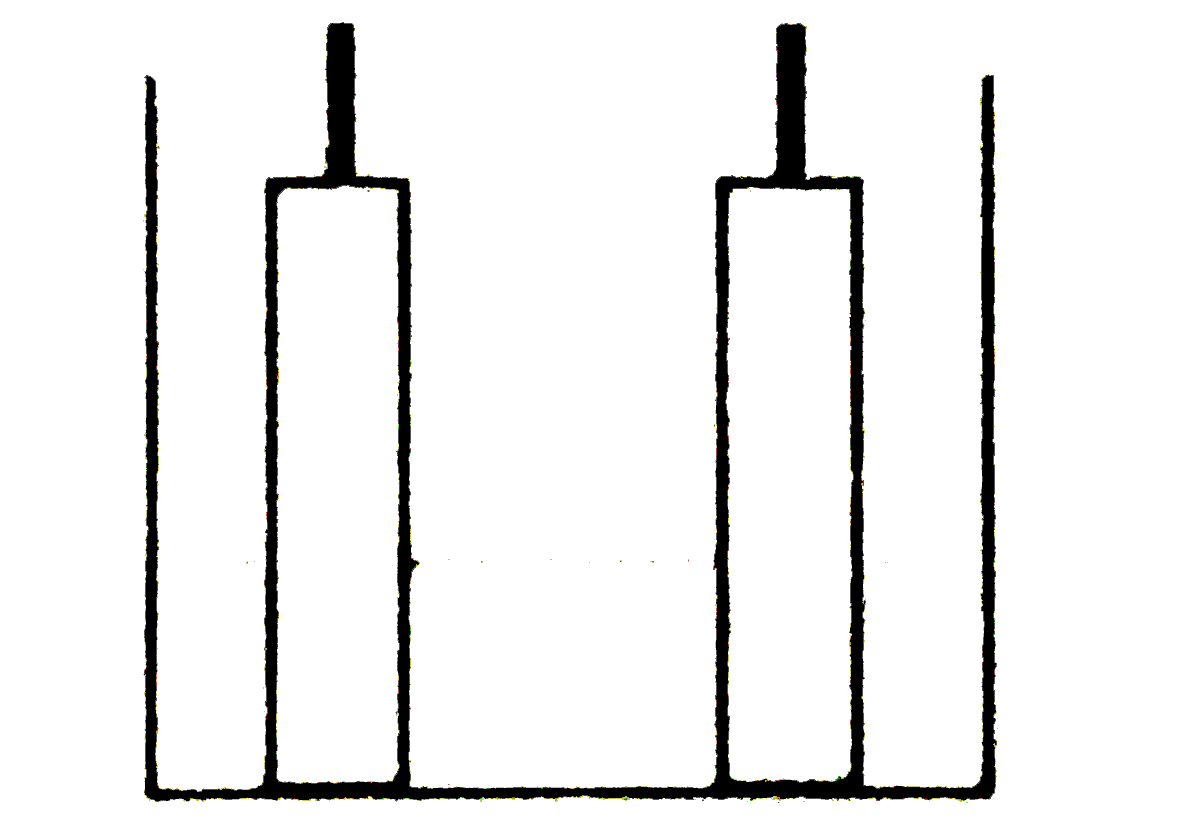A beaker contains a solution of substance'A' precipitation of substance 'A' takes place when small amount of 'A' is added to the solution. The solution is………
saturated
supersaturated
unsturated
concentrated
The correct Answer is:B
To solve the question, we need to analyze the behavior of the solution of substance 'A' when more of substance 'A' is added. The key point is that precipitation occurs when a small amount of 'A' is added to the solution. Let's go through the options step by step.
Step 1: Understand the Definitions
1. Saturated Solution: A solution that has reached its maximum capacity to dissolve a solute. No more solute can dissolve in it, and if additional solute is added, it does not dissolve but remains undissolved.
2. Supersaturated Solution: A solution that contains more solute than it can theoretically hold at a given temperature. When more solute is added, it causes precipitation because the solution is unstable.
3. Unsaturated Solution: A solution that can still dissolve more solute. If more solute is added, it will dissolve without any precipitation.
4. Concentrated Solution: A solution that has a high amount of solute relative to the solvent. It does not necessarily mean that it is saturated; it can still dissolve more solute.
Step 2: Analyze the Given Situation
In the problem, we are told that when a small amount of substance 'A' is added to the solution, precipitation occurs. This indicates that the solution cannot accommodate any more of substance 'A' without causing some of it to come out of the solution as a solid.
Step 3: Eliminate Options
- Saturated Solution: If the solution were saturated, adding more solute would not cause precipitation; it would simply not dissolve. Thus, this option is incorrect.
- Unsaturated Solution: If the solution were unsaturated, adding more solute would result in it dissolving completely, not precipitating. Thus, this option is also incorrect.
- Concentrated Solution: While a concentrated solution may contain a lot of solute, it does not imply that it is saturated. Therefore, this option is also incorrect.
Step 4: Identify the Correct Option
The only option left is Supersaturated Solution. In a supersaturated solution, adding more solute causes precipitation because the solution is holding more solute than it can normally accommodate at that temperature.
Final Answer
The solution is supersaturated.
---
1. Saturated Solution: A solution that has reached its maximum capacity to dissolve a solute. No more solute can dissolve in it, and if additional solute is added, it does not dissolve but remains undissolved.
2. Supersaturated Solution: A solution that contains more solute than it can theoretically hold at a given temperature. When more solute is added, it causes precipitation because the solution is unstable.
In the problem, we are told that when a small amount of substance 'A' is added to the solution, precipitation occurs. This indicates that the solution cannot accommodate any more of substance 'A' without causing some of it to come out of the solution as a solid.
- Saturated Solution: If the solution were saturated, adding more solute would not cause precipitation; it would simply not dissolve. Thus, this option is incorrect.
- Unsaturated Solution: If the solution were unsaturated, adding more solute would result in it dissolving completely, not precipitating. Thus, this option is also incorrect.
The only option left is Supersaturated Solution. In a supersaturated solution, adding more solute causes precipitation because the solution is holding more solute than it can normally accommodate at that temperature.
The solution is supersaturated.
Topper's Solved these Questions
- BOOK - NCERT EXEMPLAR ENGLISHCHAPTER - SOLUTIONS EXERCISE - MULTIPLE CHOICE QUESTIONS (MORE THAN ONE OPTIONS28videos
SOLUTIONS
- BOOK - NCERT EXEMPLAR ENGLISHCHAPTER - SOLUTIONS EXERCISE - LONG ANSWER TYPE QUESTIONS8videos
SOLUTIONS
- BOOK - NCERT EXEMPLAR ENGLISHCHAPTER - SOLID STATEEXERCISE - long answer type questions4videos
SOLID STATE
- BOOK - NCERT EXEMPLAR ENGLISHCHAPTER - SURFACE CHEMISTRYEXERCISE - Long Answer Type Questions4videos
SURFACE CHEMISTRY
Similar Questions
Knowledge Check
- Question 1 - Select One
Effervescence takes place when sodium carbonate solution is added to
AformaldehydeBacetaldehydeCacetic acidDphenol - Question 2 - Select One
Effervescence takes place when sodium carbonate solution is added to
AformaldehydeBacetaldehydeCacetic acidDphenol - Question 3 - Select One
Effervescence takes place when sodium carbonate solution is added to
AformaldehydeBacetaldehydeCacetic acidDphenol
A solution is prepared by adding 10g of a substance 'X' to 36g of water. Calculate the mass percentage of the solute.
View SolutionWhen a small amount of HCI is added to a buffer solution of acetic acid and sodium acetate
View SolutionA solution is prepared by adding 2 g of a substance A to 18 g of water. Calculate the mass per cent of the solute.
View SolutionIn some solutions, the concentration of H3O+ remains constant even when small amounts of strong acid or strong base are added to them. These solutions are known as :
View SolutionA resistance of 50Ω is registered when two electrodes are suspended into a beaker containing a dilute solution of a strong electrolyte such that exactly half of them are submerged into solution as shown in figure. If the solution is diluted by adding pure water (negligible conductivity) so as to just completely submerge the electrodes, the new ressitance offered by the solution would be: ltbegt
 View Solution
View Solution

